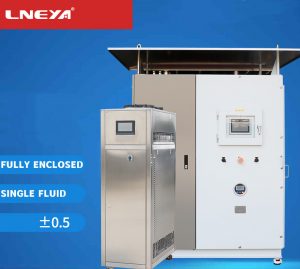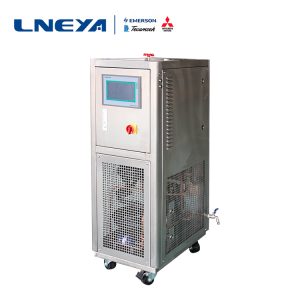What are the conditions for the decarboxylation reaction? How to control the temperature of heating?
The decarboxylation of aromatic acids is easier than that of fatty acids. For example, benzoic acid can be decarboxylated by adding a little copper powder as a catalyst in quinoline solution and heating.
When a strong electron-withdrawing group is attached to the α-C of the carboxylic acid, heating can make it decarboxylate more smoothly. For example: when the ortho-diaromatic organic acid is heated, it is easy to remove a carboxyl group, but when the temperature is low, an acid anhydride will be formed. When different polycarboxylic acids are heated, according to the different activities, some are decarboxylated, some are dehydrated, some are decarboxylated and dehydrated again, dehydration above pimelic acid, and general decarboxylation below.
Fatty acid: This reaction is generally not used to prepare alkanes for general fatty acids, especially long-chain fatty acids, because the reaction temperature is too high, the yield is low, and it is not easy to separate. However, if the α-carbon atom of the fatty acid has an electron-withdrawing group such as nitro, halogen, carbonyl, cyano, etc., it makes decarboxylation easy and the yield is high, but their reaction processes are not exactly the same.
The general decarboxylation reaction does not require a special catalyst, but is carried out under the following conditions: (1) heating; (2) alkaline conditions; (3) coexistence of heating and alkaline conditions. The most commonly used decarboxylation method is to heat the sodium salt of carboxylic acid with soda lime (CaO + NaOH) or solid sodium hydroxide, and a decarboxylation reaction occurs, that is, -COONa is replaced by an H atom to generate a carbon atom less than the sodium salt of carboxylic acid alkanes.
It can be seen that no matter the decarboxylation reaction of any substance, it is necessary to carry out temperature heating control during the reaction process. Specializing in the production and development of heating systems, the temperature control range is 50 degrees to 300 degrees, which is suitable for the needs of various process production and experimental use in pharmaceutical and chemical enterprises. It can realize high temperature cooling process, directly cooling from high temperature of 300 degrees to 50 degrees. Equipped with a heating and cooling integrated container, the heat exchange area is large, the heating and cooling rate is fast, and the demand for heat transfer oil is small. The entire cycle of the product is closed, there is no oil mist volatilization at high temperature, and the heat transfer oil will not be oxidized and browned; it has the function of correcting the internal cycle temperature probe PT100, and has self-diagnosis and intelligent safety alarm. The equipment is equipped with a variety of safety protection functions such as high-voltage pressure switches, overload relays, and thermal protection devices to ensure the safety of your experiments and production.

Related recommendations
-
What if the cooling rate of the cooling and heating temperature control system of the reactor slows
1676LNEYA cooling and heating temperature control system is a laboratory instrument and equipment for temperature control of supporting reactors in pharmaceutical and chemical laboratories and other industries. It adopts a fully closed circulation pip...
View details -
Semiconductor laser automatic temperature control equipment accessories fault solution
1744Semiconductor laser automatic temperature control compressor frosting, may be circulating water circulation or valve is not open, check the water valve, all pipelines, to ensure smooth, install short-circuit pipeline. It may be that the circulatin...
View details -
Wuxi Guanya: Focus on R&D of refrigeration heating equipment to help develop new energy
2159On October 17, 2018, the three-day API was held in Nanjing International Expo Center. The exhibition was crowded with people. Wuxi Guanya was a frequent visitor to the API. Wuxi Guanya Constant Temperature Refrigeration Technology Co., Ltd. (herei...
View details -
How to judge the cooling effect of the cryogenic refrigerator?
1464It is important to understand the performance of a cryogenic refrigerator, both good and bad, to understand its cooling effect. How to judge its cooling effect together and Xiaobian down to see it! Cooling effect To understand the cooling effect o...
View details
 LNEYA Industrial Chillers Manufacturer Supplier
LNEYA Industrial Chillers Manufacturer Supplier














